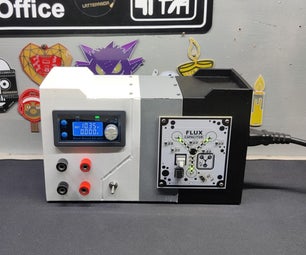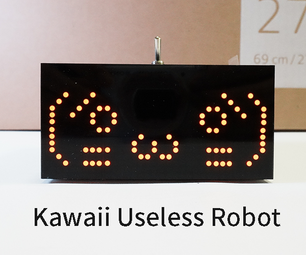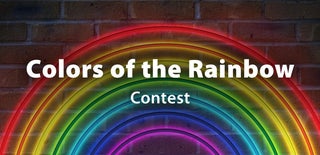Introduction: The USB Powered LED CD Lamp
The USB powered LED CD lamp is a very useful gadget. It's powered by the USB port, so you don't need any external power supply. The stiff mounting wire, I used acts as a gooseneck and lets you bend the light source in different angles and directions.
Step 1: Get the Parts
Here is a list of the parts you'll need to make this lamp.
4 CDs or DVDs (and if you're rich, you can even use Blu-ray discs or HD DVDs)
7 5mm White or warmwhite LEDs, I used warmwhite, because that I'm tired of the cold light, you get from the ordinary white LEDs. (I've posted some pictures, so that you can see the difference between the white and the warmwhite LEDs)
7 Resistors for the LEDs. I calculated, that my resistors should be 68 ohms. you can find a very good resistor calculator here.
Some electrical mounting wire. Should be the stiff type (the one with only one thick cupper conductor)
5 AA batteries preferably Duracell, cause they're the heaviest (the batteries are just there to act as a counterweight. Without them, the lamp would just tip over and fall).
A switch (optional)
Some ordinary hookup wire.
A USB male A connector with cord (I got mine from a broken webcam)
Some wire without insulation.
4 CDs or DVDs (and if you're rich, you can even use Blu-ray discs or HD DVDs)
7 5mm White or warmwhite LEDs, I used warmwhite, because that I'm tired of the cold light, you get from the ordinary white LEDs. (I've posted some pictures, so that you can see the difference between the white and the warmwhite LEDs)
7 Resistors for the LEDs. I calculated, that my resistors should be 68 ohms. you can find a very good resistor calculator here.
Some electrical mounting wire. Should be the stiff type (the one with only one thick cupper conductor)
5 AA batteries preferably Duracell, cause they're the heaviest (the batteries are just there to act as a counterweight. Without them, the lamp would just tip over and fall).
A switch (optional)
Some ordinary hookup wire.
A USB male A connector with cord (I got mine from a broken webcam)
Some wire without insulation.
Step 2: Prepare the CD That Holds the LEDs
Drill the 7 5mm holes for the LEDs. Use a pair of compasses to mark, where you'll drill the holes. Remember, that when you drill the holes, do it on foil side. If you don't, you may rip off some of the foil. Move your mouse over the yellow boxes to view instructions.
Step 3: Mount the LEDs and the Resistors on the CD
Now, mount the LEDs and resistors. Move your mouse over the yellow boxes to view instructions.
Step 4: Mount the 2nd CD and the Stiff Wire
Glue the second CD and the stiff wire onto the CD, where the LEDs are mounted. This is simply done by using a hot glue gun. Move your mouse over the yellow boxes to view instructions.
Step 5: Start Making the Base
Now, start making the base. The pictures will guide you trough this process. Move your mouse over the yellow boxes to view instructions.
Step 6: The Counterweights
Now, it's time to mount the counterweights (the 4 of the 5 batteries). Simply glue them on with one of my favorite weapons: The Hot Glue Gun.
Step 7: Final Assembly
In this step, I'll show you how to mount the rest of the things: the last counterweight, the switch, the USB cable and the wiring.
Step 8: Plug 'n' Light
Now hook your lamp up to the USB port and have fun. Hope you enyoyed this Instructable. Leave me a comment below.
Finalist in the
Let It Glow!
Participated in the
The Instructables Book Contest











